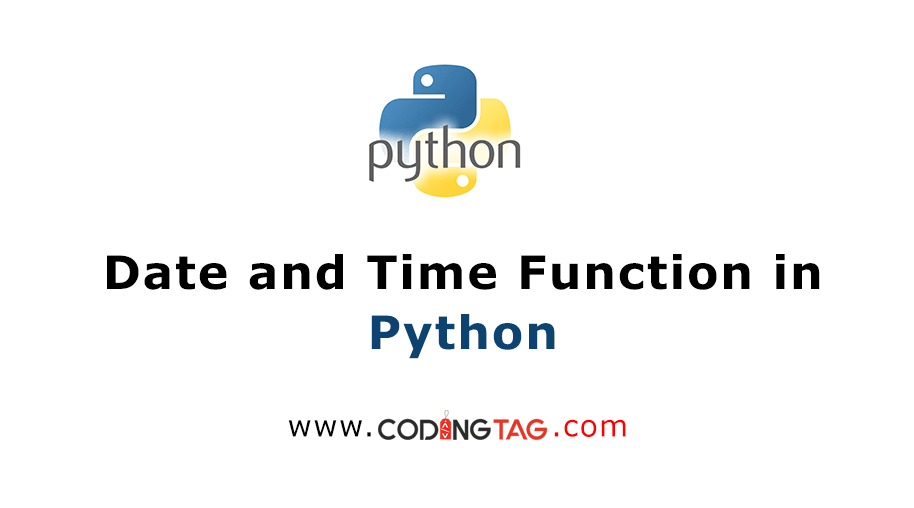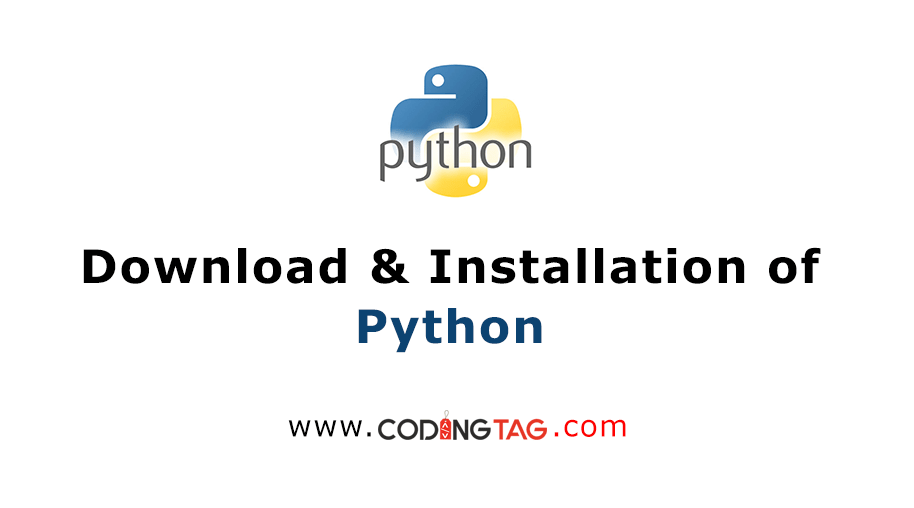Recursion in Python
0 122
Recursion is a powerful programming technique where a function calls itself in order to solve smaller instances of a problem. It’s a useful concept in Python and many other programming languages that allows us to write clean and elegant code for complex tasks.
What is Recursion?
At its core, recursion involves a function invoking itself to break down a problem into simpler versions of the same problem. This continues until the function reaches a condition known as the base case, which stops the recursive calls.
How Does Recursion Work?
Each recursive call pushes a new frame onto the call stack, and as the base case is met, the functions begin to return their results, gradually resolving all pending calls. This stack behavior helps in understanding why recursion can sometimes be memory intensive.
Basic Structure of a Recursive Function
Typically, a recursive function includes two main parts:
- Base Case: The simplest instance of the problem which can be answered directly without further recursion.
- Recursive Case: The part where the function calls itself with a smaller or simpler input.
Example: Calculating Factorial Using Recursion
The factorial of a number (n!) is the product of all positive integers less than or equal to n. It can be defined recursively as:
def factorial(n):
if n == 0 or n == 1:
return 1
else:
return n * factorial(n-1)
In this example, the base case is when n is 0 or 1, returning 1 directly. Otherwise, the function calls itself with n-1 and multiplies the result by n.
How to Avoid Infinite Recursion
It’s crucial to have a well-defined base case; otherwise, the recursive function will keep calling itself endlessly, leading to a stack overflow error. Always ensure that each recursive call moves the input closer to the base case.
Advantages of Using Recursion
- Allows solving problems that can be broken down into similar subproblems.
- Can make code simpler and easier to understand, especially for tree or graph traversals.
- Useful for tasks like sorting (e.g., quicksort, mergesort), searching, and mathematical computations.
When Not to Use Recursion
While recursion is elegant, it may not be the best choice for all problems:
- Deep recursion can lead to high memory usage due to call stack growth.
- Some problems are better solved iteratively for efficiency.
- Python has a recursion depth limit (usually 1000), which can cause errors for very deep recursion.
Conclusion
Recursion is a fundamental concept in Python that, when used correctly, can simplify complex problems by breaking them down into smaller ones. Understanding how to design recursive functions with proper base cases is key to avoiding errors and writing efficient code.
If you’re passionate about building a successful blogging website, check out this helpful guide at Coding Tag – How to Start a Successful Blog. It offers practical steps and expert tips to kickstart your blogging journey!
For dedicated UPSC exam preparation, we highly recommend visiting www.iasmania.com. It offers well-structured resources, current affairs, and subject-wise notes tailored specifically for aspirants. Start your journey today!

Share:






Comments
Waiting for your comments